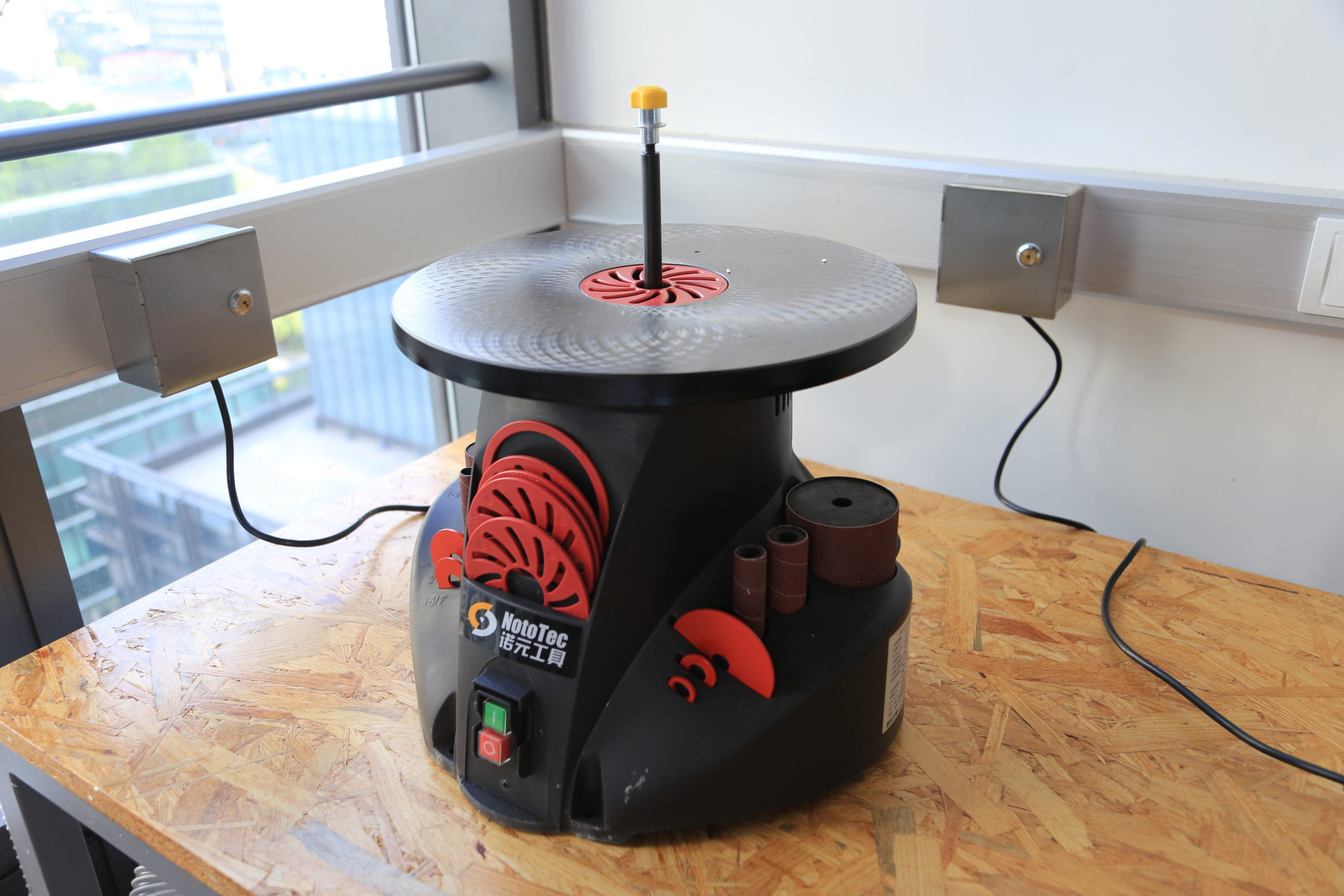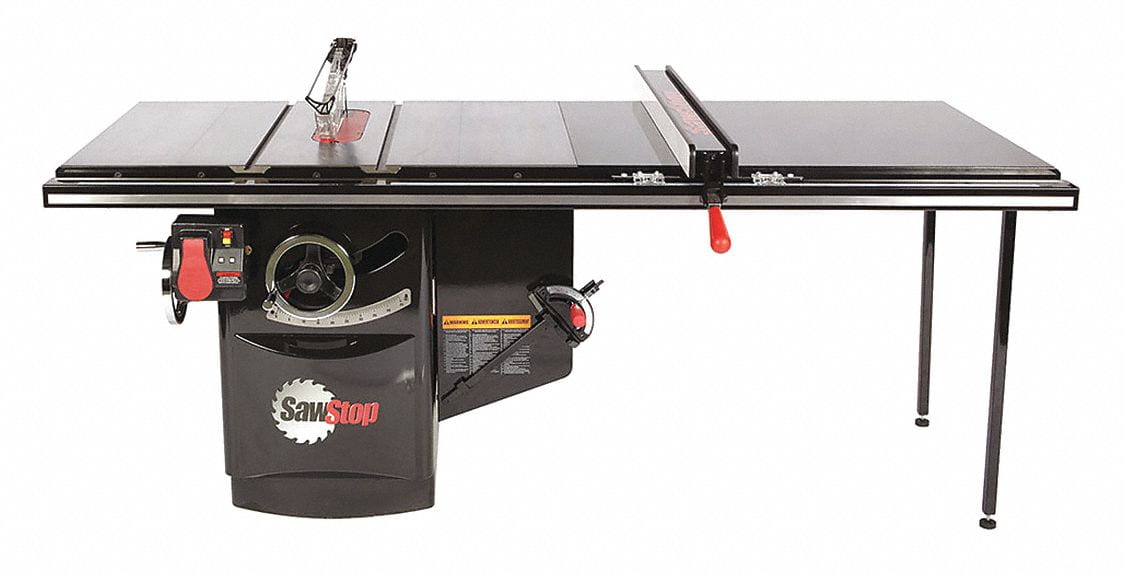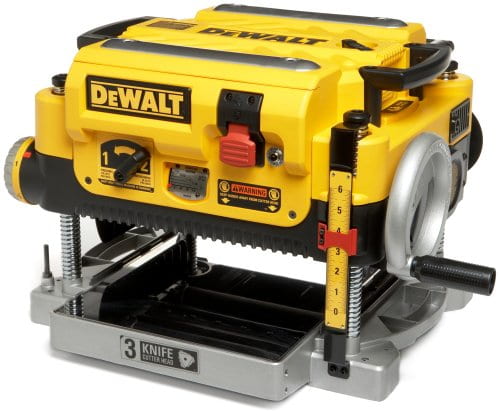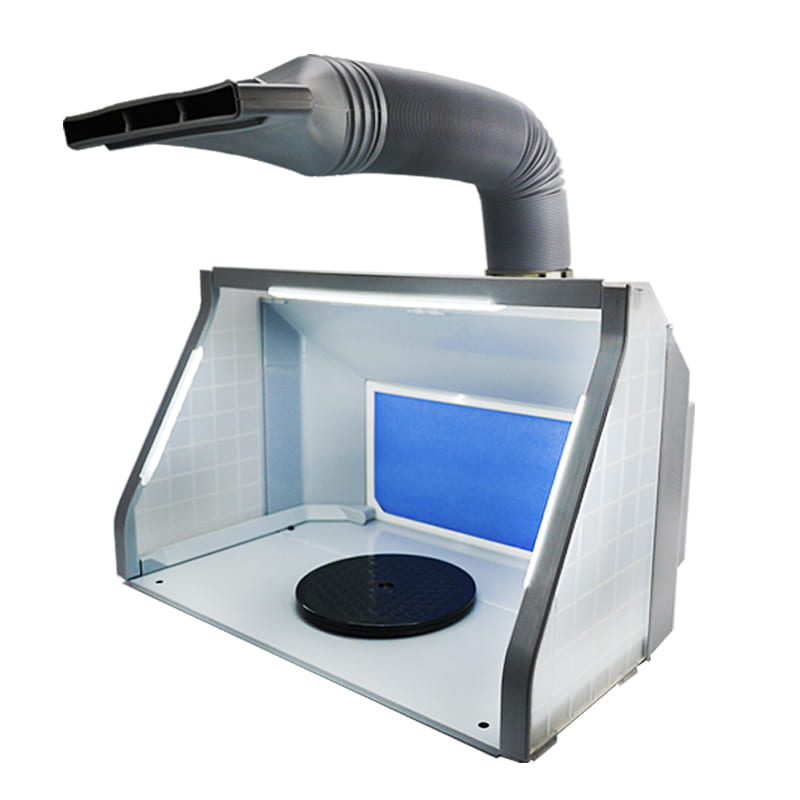Welcome to the NYUSH IMA Woodshop.
The woodshop is located in N403 of NYU Shanghai, make an appointment with Dalin.
Safety Announcement
- Don’t operate a machine alone. With a strong motor, the machine’s power will be much bigger than yours. They can pull you into the machine, and prevent you from reaching your phone.
- Don’t wear loose clothing, jewelry, or long hair. For instance, if you have long sleeves, roll them back and secure them.
- Don’t wear gloves. Even though they are helpful for welding and the use of the chainsaw.
- Don’t operate machinery while you are tired, distracted, or incapacitated.
- Unplug the machine from the wall before changing its blade, otherwise performing on the operation would be dangerous as the machine may suddenly turn on. Many machines can turn on after a momentary power outage. (It is, however, safe to change the bit in a drill press without unplugging the machine.)
- Have your phone within reach.
- Only wood, soft aluminum, polycarbonate, polyethylene (HDPE), and soft PVC are allowed to be cut.
Equipment
| Miter Saw |
| Band Saw |
| Drill Press |
| Scroll Saw |
| Lathe |
| Sand Belt Machine |
| Oscillating Spindle Sander |
| Saw Stop |
| Dewalt Planer DW735 |
| Spray Paint Booth |

MITER SAW
The miter saw (MS) is used for cross-cutting longboards or beams. It can make straight or angled cuts.
This miter saw is a compound miter saw. Cuts can be angled relative to the front and back of the saw (mitered), and also relative to the horizontal (beveled).
This miter saw is actually a sliding miter saw. The blade slides back and forth, to cut wider boards than the diameter of the blade itself will allow.
Safety Reminders
If used incorrectly, this is the most dangerous machine in the shop. It has a strong motor that spins a large blade; the blade is designed to cut the workpiece, but, under certain conditions, can accelerate the workpiece instead. When this happens, three things can go wrong: it can throw the workpiece (or a part of it) towards you at very high speed; it can pull the workpiece and anything gripping it into the blade; and, it can remove the workpiece from the area, which is a problem if the workpiece was the only thing preventing your hands from moving into the blade. This phenomenon is called a kickback.
Kickback happens instantaneously (in terms of human reaction time). It is completely preventable if you follow the tips below: kickback on the miter saw is not a danger under proper operation. The danger is because people don’t have everyday experience or intuitions about blades that spin with the speed and force of a miter saw blade.
- Let the saw come to a stop before raising it.
- Don’t power on the saw while it is in contact with the workpiece.
- Never clamp the workpiece at both ends.
- The saw will pull the workpiece away from you (towards the wall), and downwards. It should already be as far as possible in both directions (against the bed and fence).
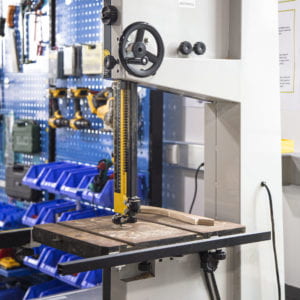
BANDSAW
A bandsaw is a power saw with a long, sharp blade consisting of a continuous band of toothed metal stretched between two or more wheels to cut material.
Advantages include uniform cutting action as a result of an evenly distributed tooth load, and the ability to cut irregular or curved shapes like a jigsaw.
The minimum radius of a curve is determined by the width of the band and its kerf.
The bandsaw has two wheels rotating in the same plane, one of which is powered. The blade itself can come in a variety of sizes and tooth pitches (teeth per inch, or TPI), which enables the machine to be highly versatile and able to cut a wide variety of materials including wood, metal, and plastic.
The bandsaw is powered by an electric motor.
Safety Reminders
The following is a list of safety precautions to consider when cutting with a bandsaw:
- Keep your fingers out of the path of the blade
- Decrease the feed pressure as you approach the end of the cut
- Keep the wheel covers shut when the saw is running
- Adjust the upper guide approximately 1/4 in. above the workpiece before starting the saw
- Keep the blade guard in place
- Disconnect the bandsaw from the power source before changing blades
- Always wear eye protection when working with the bandsaw
- If the blade breaks or runs off the wheels, do not open the covers until the machine has come to a complete stop
- Stop the saw before removing small chips that have become stuck in the throat
- Use push sticks when necessary to avoid placing your fingers near the blade.
- Be sure the workpiece stays in contact with the table at the point where the blade exits.
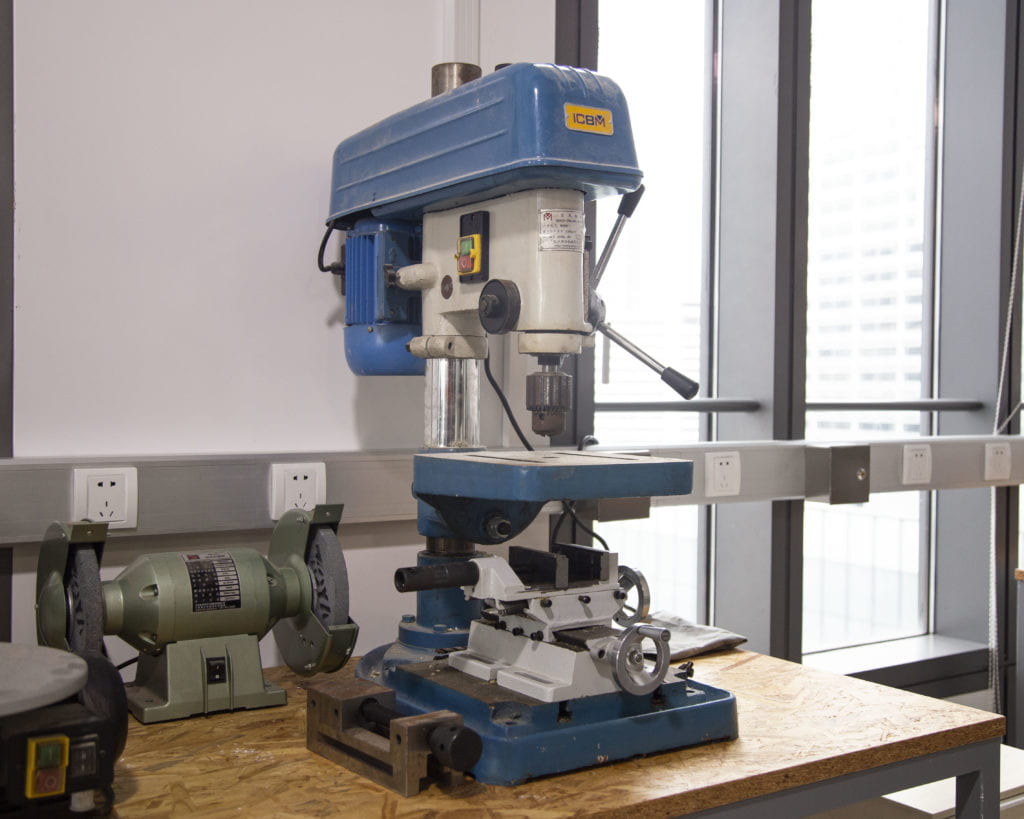
DRILL PRESS
The drill press is also called Drilling Machine, and it is a device for producing holes in hard substances.
The drill is held in a rotating spindle and is fed into the workpiece.
Although drill presses are used mainly for drilling holes, they can also be used for enlarging holes with a boring tool or finishing holes with a reamer.
With the aid of a special tapping attachment and a tap, they can produce threads in a hole.
Safety Reminders
- Always hold work in a vise or clamp to the drill table.
- Remove chips with a brush, never by hand.
- Ease up on drilling pressure as the drill starts to break through the bottom of the material.
- Never place taper shank tools such as large diameter drills or tapered shank reamers in a drill chuck. Only straight shank tools such as standard drills can be clamped in chucks.
- Always clean drill shank and/or drill sleeve, and, spindle hole before mounting.
- Remove taper shank tools from spindle or sleeve with a drill drift and hammer.
- Never try to loosen the drill chuck while the power is on.
- Lower the drill spindle close to the table when releasing the drill chuck or taper shank drill to reduce the chance of damage should they fall onto the table.
- Never clean a machine while it is in motion!!
- Always remove the drill chuck key, or, the drill drift from the spindle immediately after using it.
- Let the spindle stop of its own accord after turning the power off. Never try to stop the spindle with your hand.
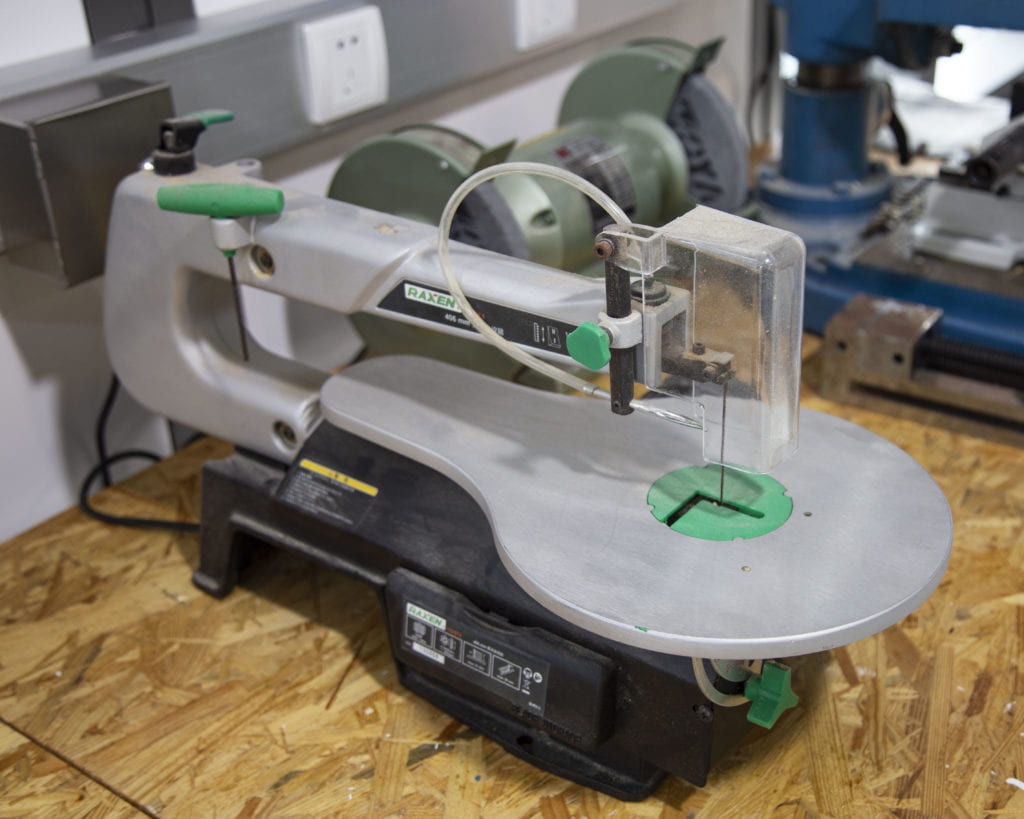
SCROLL SAW
Scroll saw is a rather delicate-looking machine. It is capable of producing the finest work and is one of the safest cutting machines available.
Scroll saw tends to be more associated with craftwork and model-making rather than furniture projects, however, they are surprisingly robust machines and can cope with timber up to about 50mm thick.
Scroll saw can also cut intricate shapes and curves that are impossible on any other powered machine. It is, in fact, a scroll saw rather than a jigsaw that is used to produce jigsaw puzzles.
Safety Reminders
- Keep your fingers away from the cutting line and make sure that you are using the correct blade for the job. The blades are very fine and break easily if forced, though this poses little risk to the operator, and the blade is easily replaced.
- Making the most of your blades. If you usually cut only thin material, you will only wear the bottom part of the blade, which will eventually become blunt. Rather than discard it while the upper part is still sharp, make a secondary table out of 18mm MDF which can be put on top of the machine’s own table. This will allow you to raise your work up and use the sharp teeth higher up on the blade.
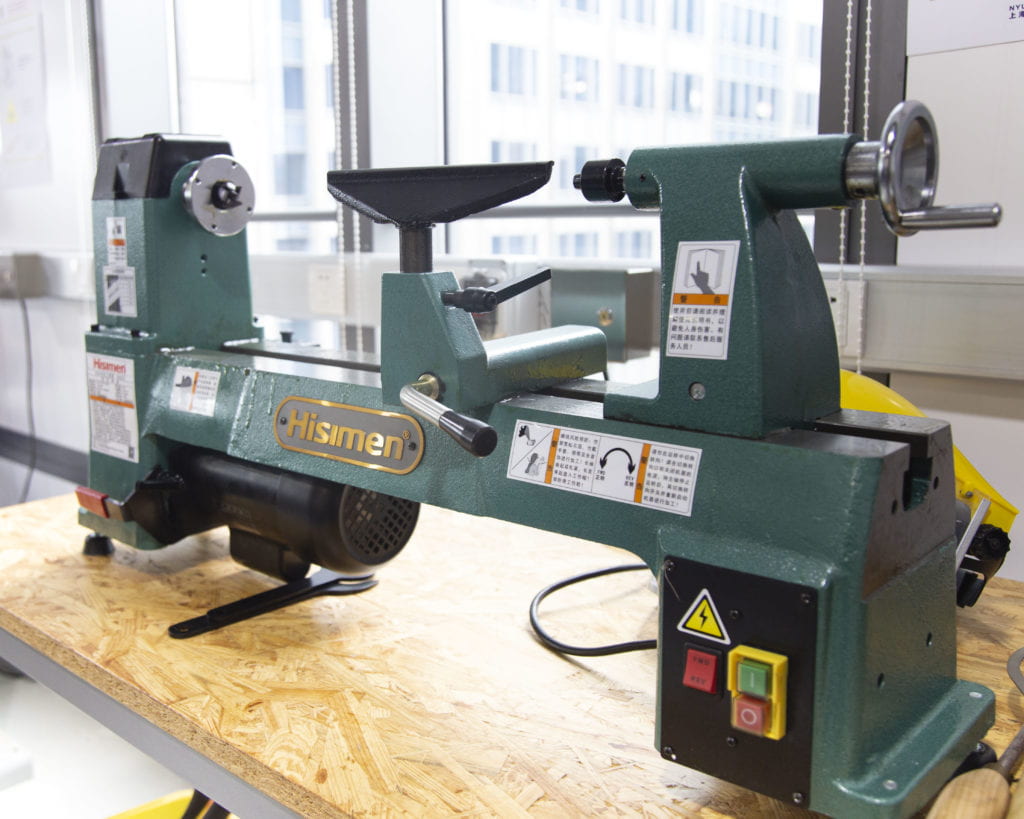
lathe
The lathe works by rotating the workpiece on its axis to allow, sanding, knurling, drilling, facing, or turning with tools to create the desired shape.
Woodworking, Metalworking, and Watchmaking are the common industries that rely on lathes.
Safety Reminder
- Check the job is clamped tight in the chuck.
- Remove all tools from the bed and slides of the machine.
- Before making adjustments or measurements, switch off and bring the machine to a complete standstill.
- Always remove the chuck key from the chuck.
- Switch off the machine when work completed.
- Reset all guards to a fully closed position.
- Avoid letting swarf build up on the tool or job. Stop the machine and remove it.
- Do not try to lift chucks or face plates that are too heavy for you.
- Never leave the machine running unattended.
- Do not attempt to slow or stop the chuck or revolving work by hand.
- Do not leave equipment on top of the machine.
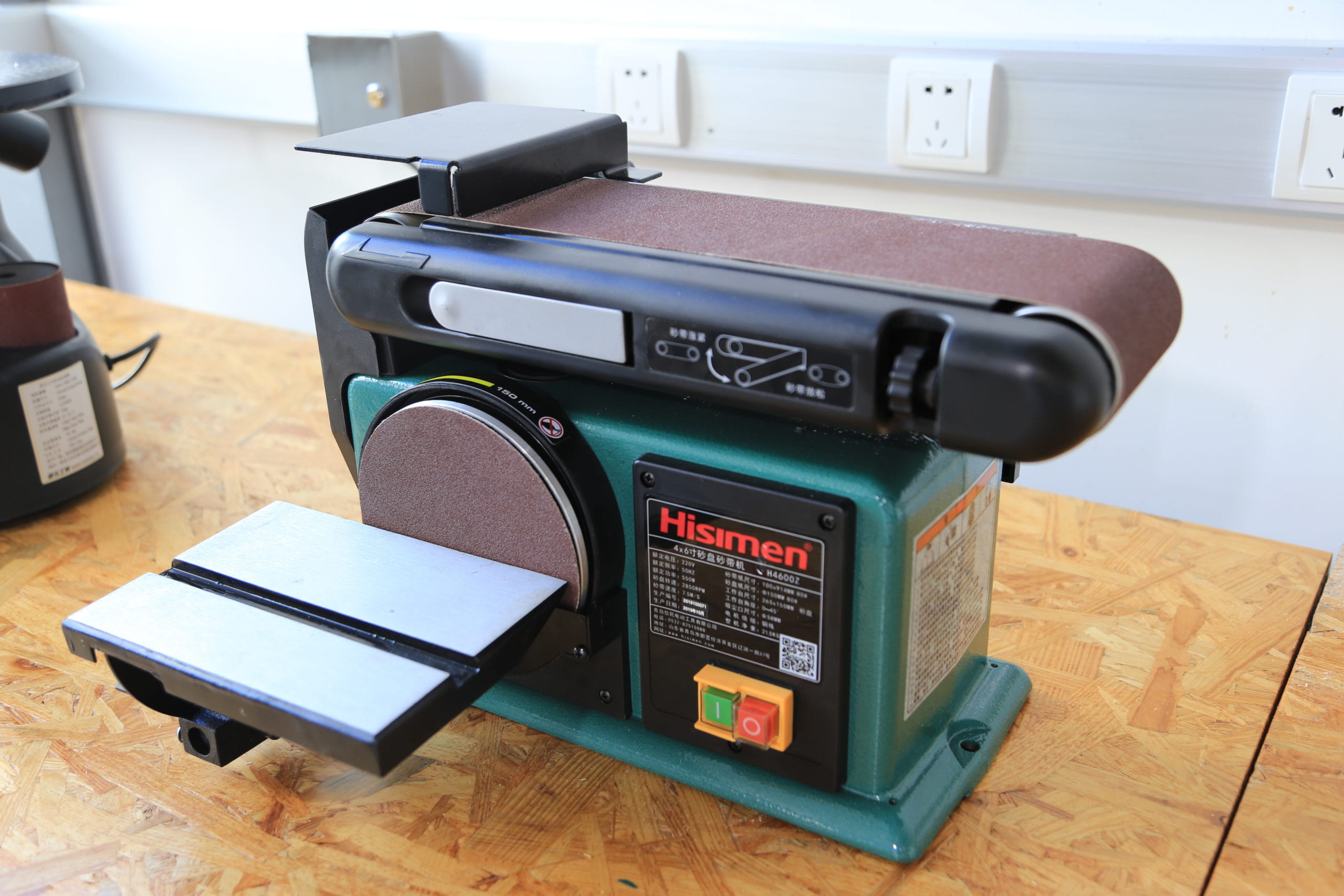
SaNDing Belt Machine
4X6 inch belt sander machine uses high-power pure copper wire winding induction motor, cast iron base, quick-change belt device, adjustable angle table, rolling sleeve bearing design with low noise, is a cost-effective sanding belt Machine, specially designed for use in schools, research institutes, studios, personal home DIY enthusiasts, small woodworking rooms; compact, ultra-low noise, stable performance, suitable for soft and hardwood, plastic and soft metal grinding, is an ideal Polishing tool.
Safety Reminder
- Be certain the belt & disk is correctly mounted! The belt must track in the center of the drums. DO NOT operate any sander if the abrasive paper is torn.
- Check the guards and the table adjustments to see that they are in the correct position and securely locked in place.
- Use the table, fence, and other guides to control the position of the work whenever possible.
- Small or irregular shaped pieces should be held in a clamp or a special jig or fixture, DO Not use your fingers.
- When sanding the end grain of a narrow piece on the disk sander, always support the work against the table.
- Sand ONLY on the side of the disc that is moving DOWN towards the table! Move the work along this surface so it will not burn.
- Always use a push stick or a block when sanding thin pieces on the disc sander.
- DO NOT use power sanders to form and shape wood where the operations could be better performed on other machines.
- Hand tightens sandpaper spindles on the spindle sander. Tightening the spindles with tools will cause the spindles to bend or break in the machine.
- Sand only clean, new wood. DO NOT sand work that has excess glue or finish on the surface. These materials will clog and ruin the sandpaper.
- Frequently wiping off or blowing off the sawdust from wood will help keep sandpaper free of clogs and keep in newer longer.

